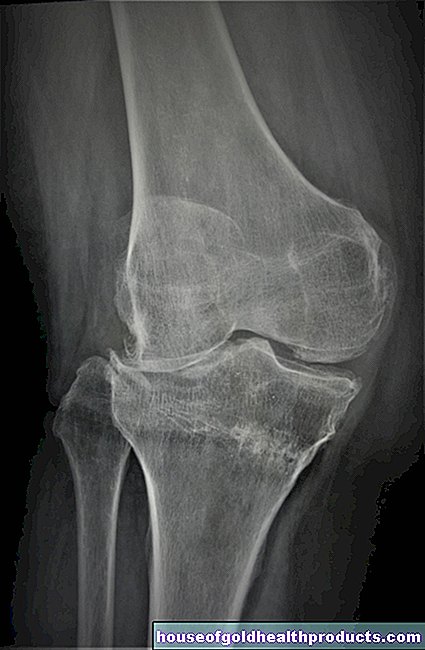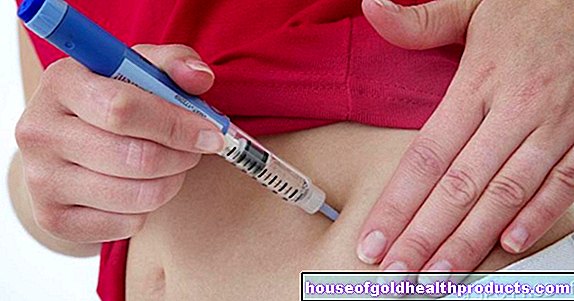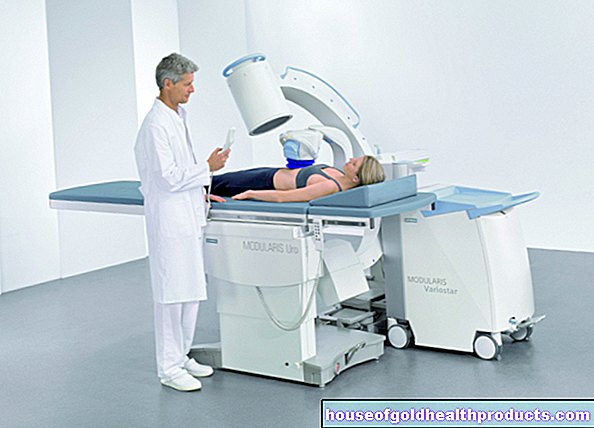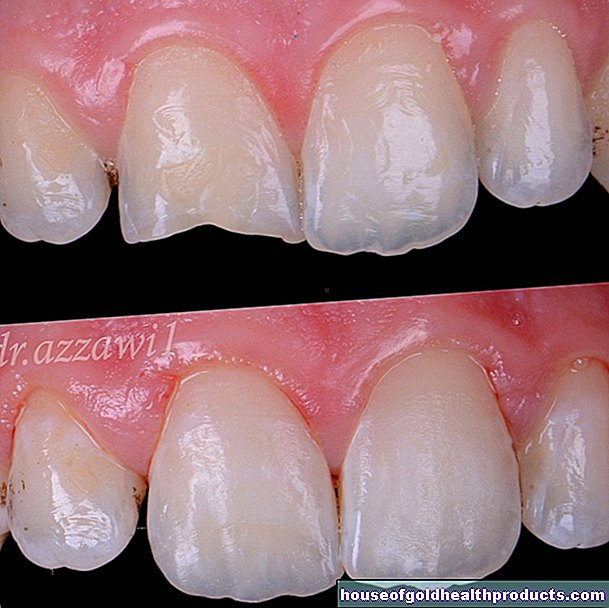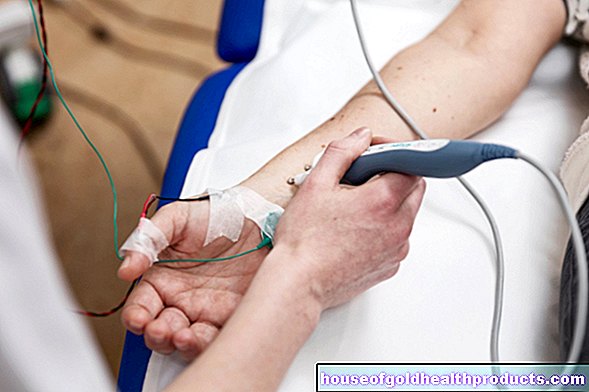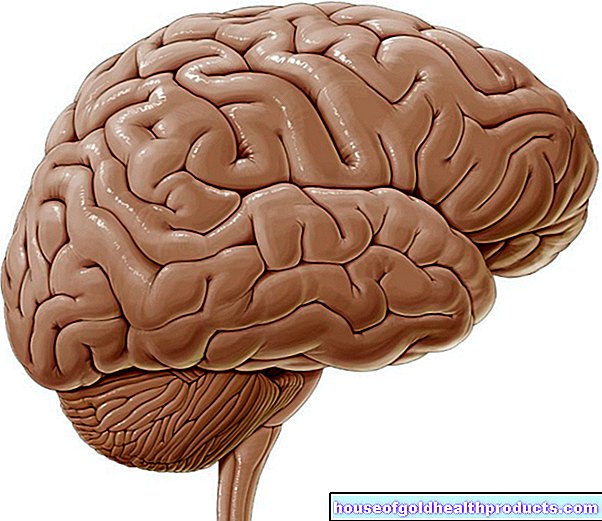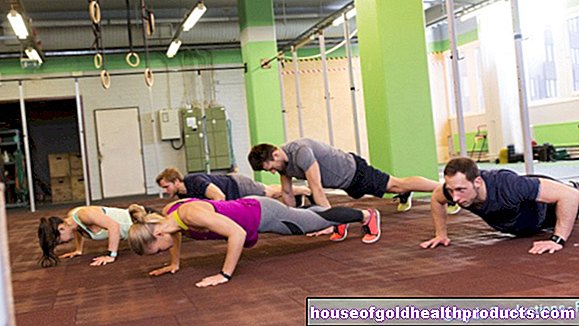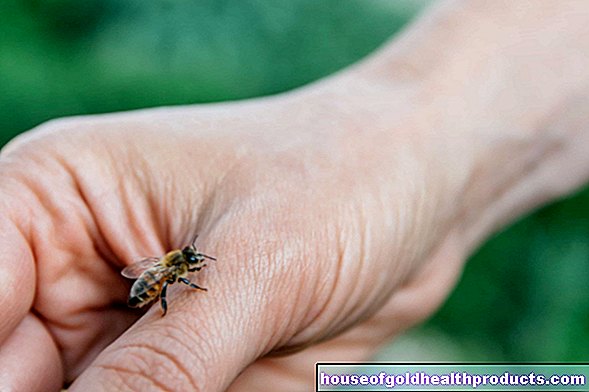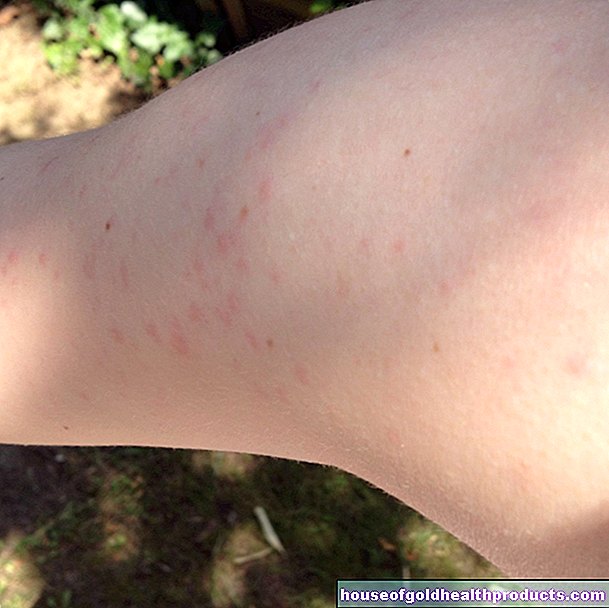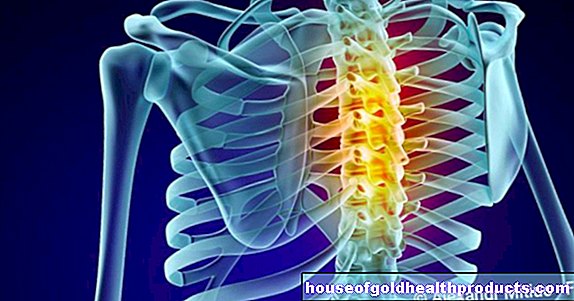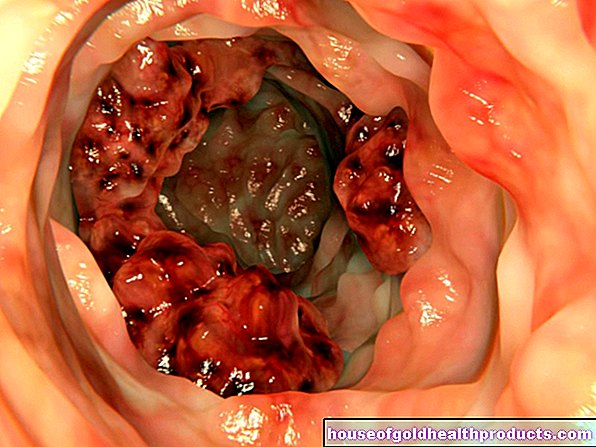Esmarch handle in children
Carola Felchner is a freelance writer in the medical department and a certified training and nutrition advisor. She worked for various specialist magazines and online portals before becoming a freelance journalist in 2015. Before starting her internship, she studied translation and interpreting in Kempten and Munich.
More about the experts All content is checked by medical journalists.Use the Esmarch Handle on children who have lost consciousness to remove any foreign objects (e.g. vomit) from their mouth and throat. In addition, the first aid measure can be used to keep the airways free so that a breathing aid or suction device can be placed. In older children, the Esmarch maneuver is performed as in adults. With babies and toddlers, however, there is a slightly different approach. You can find out more about it here!

Brief overview
- What is the Esmarch Handle? A first aid measure for opening the mouth of the unconscious in order to remove any foreign bodies from the mouth and throat (e.g. vomit, tongue that has fallen back) or to place a breathing aid or suction device.
- This is how the Esmarch handle works with children: Lay the child flat on their back, kneel behind their head, place both thumbs on the child's chin and the remaining fingers under the jawbone, then push the lower jaw forward and the chin down. The head is not overstretched (babies) or only very slightly overstretched (toddlers).
- In what cases? When the child is unconscious and you want to clear or keep the mouth and throat clear.
- Risks: Injury to the spinal cord if the head is overstretched or moved in a cervical vertebra injury. Further narrowing of the airway if the first responder (accidentally) stretches the child's head far too far.
Caution!
- If the child is no longer breathing, you must start the resuscitation immediately! There is danger to life!
- With babies, the head must not be overstretched at all, with toddlers at most slightly.
- If there is no cervical spine injury, you can turn the child's head to one side to remove foreign objects (e.g. vomit). If in doubt, it is better not to move.
How does the Esmarch handle work on children?
First, place the unconscious child on their back, preferably on a flat, hard surface. In adult patients and older children, the head would normally be overstretched for the Esmarch handle; With babies and toddlers, however, the procedure is different:
- Infants (children up to 1 year): Do not overstretch the head in the supine position; If necessary, pad your shoulders to stabilize your position.
- Small children (1 to 3 years of age): The head may be very slightly overstretched. To do this, place one hand on the child's forehead and the fingertips of the other hand just below the lower jaw (do not press on the soft tissues!). Then, with chin slightly raised, bend the child's head a little towards the neck (not too much!).
The Esmarch handle itself goes like this:
- Get behind the child's head.
- Place both index fingers (or ring fingers) under the child's lower jaw and thumbs on their cheeks.
- Use your index fingers (or ring fingers) to move the little patient's lower jaw and chin forward and upward. This allows you to open your mouth and check that your airways are clear.
When do I do the Esmarch handle on children?
The Esmarch handle is used on unconscious children. With its help, you can open the child's mouth to check whether the upper airways are obstructed. This can happen through a tongue that has fallen back (when unconscious, the tongue muscles relax). As a first aider, you then have to pull the tip of your tongue forward. Foreign bodies such as vomit can also obstruct the airways and must be removed if possible.
The Esmarch handle is also used to keep the airways open and to place a breathing aid or suction device if necessary.
Risks of the Esmarch Handle in Children
If you hyperextend the little patient's head (too far), the airways will narrow. The effect of the Esmarch handle is then reversed.
In the case of a cervical spine injury, overstretching the head can also damage the spinal cord.
Tags: alcohol vaccinations first aid